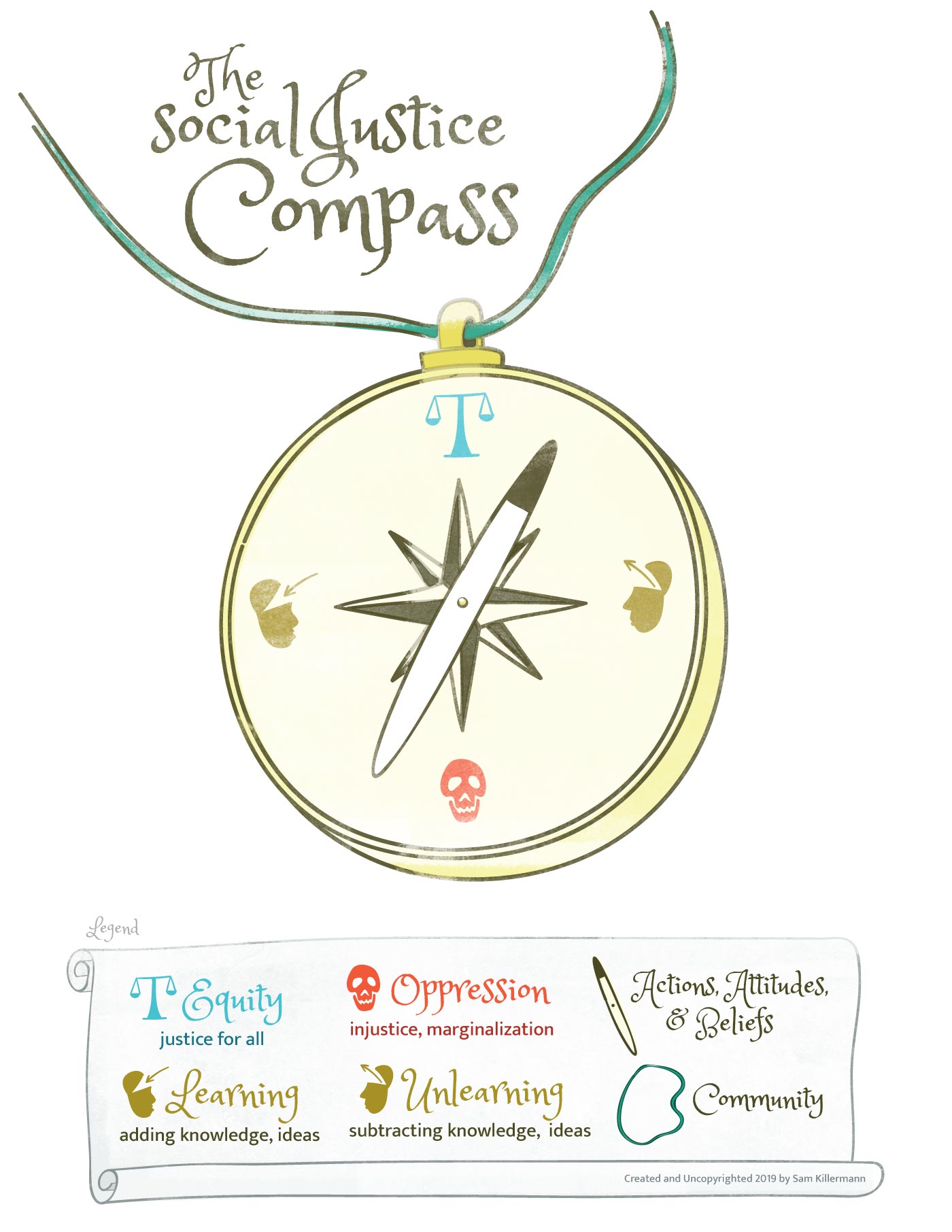Are you sailing the seas of social injustice, looking for a path toward equity, and in need of a tool that can point you in the right direction? Perhaps you are rethinking how you do social justice now, today, in 2019 — with everything happening in the world — and searching for a new path forward.
Avast! A new model for thinking about and doing social justice… ho! This is off to a bad start. It turns out that every day can be International Talk like a Pirate Day if you don’t care about having friends.
But if you care about social justice, friend, well, look no further!
Today, I’m happy to share with you a new model for thinking about social justice, for considering your actions, attitudes, and beliefs, and for guiding yourself and your community toward equity: The Social Justice Compass.
Let’s dive right in.
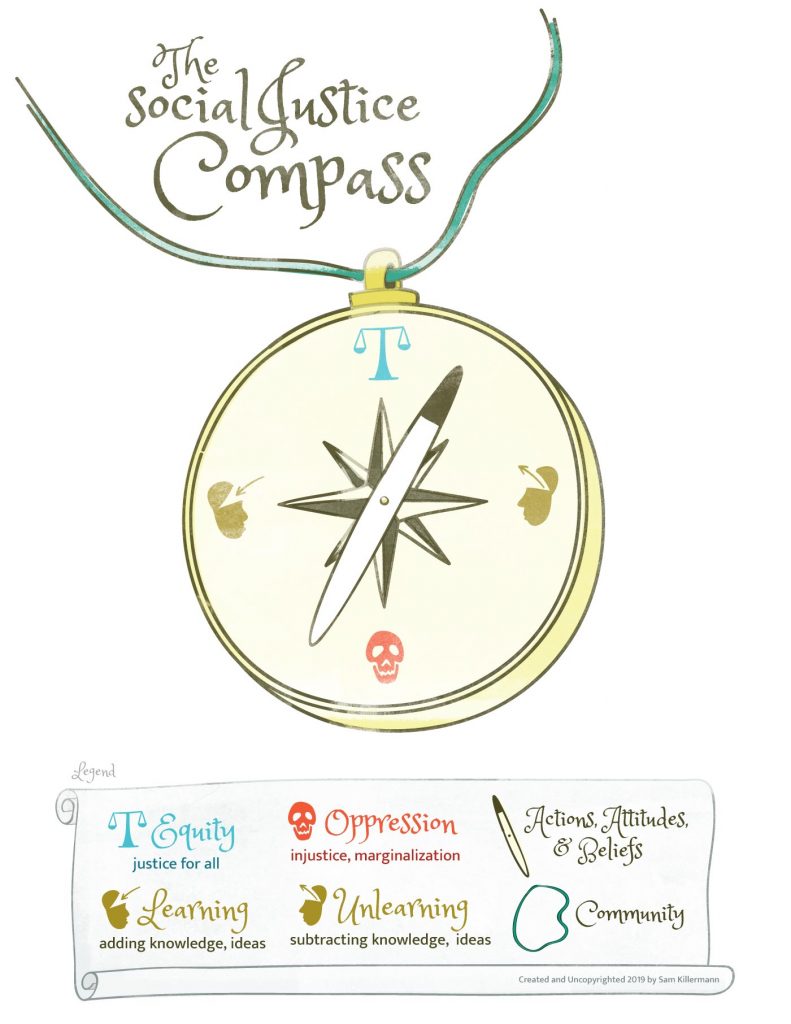
Identifying the Components of the Social Justice Compass
Like every compass, the Social Justice Compass has a several components that you need to understand, or it’s as likely to steer you off path as it is to point you in the right direction.
Before we get into using the thing, let’s make sure we’re on the same page about what we’re working with.
Lanyard
The last thing you want when you’re adventuring in uncharted territory is to drop your compass. Have no fear! That’s why we attach a lanyard.
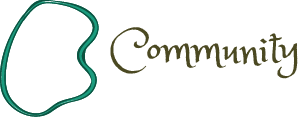
The lanyard of our compass represents Community. Here, we’re defining community as:
- The community of fellow social justice people you are working with, alongside of, or in support of, to take steps toward equity; and
- Your local community, or the community in which you’re hoping to effect positive change.
It’s with community that we hold the compass (we’re not alone in this!), protecting us from getting lost, making sure we’re always able to look down and clearly see the needle.
Needle
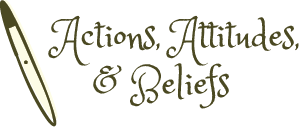
The needle on the Social Justice Compass represents your current Actions, Attitudes, and/or Beliefs.
No fancy word-smithing here, we are using these terms for their simple definitions. You can think of…
- Actions as anything you’re doing, considering doing, or that is happening;
- Attitudes as stances, viewpoints, or perspectives; and
- Beliefs as statements or ideas you (or others) hold to be true.
(Or whatever you find in your favorite dictionary!)
Any particular action, attitude, or belief, represented in the needle, will point you in a particular direction.
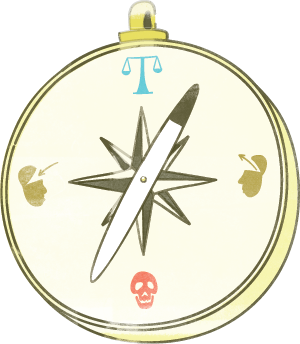
Directions
On the face of the compass we have the cardinal directions of social justice: Equity (our “true north”), Learning, Unlearning, and Oppression.
Again, we’re relying on standard definitions for each of these directions:
- Equity: justice for all, the status of social justice being achieved (or inched toward)
- Learning: adding new knowledge or ideas, consuming information
- Unlearning: subtracting a particular bit of knowledge or an idea, refining information
- Oppression: injustice (for some, many, or a few), marginalization, subjugation, or structural suppression

Equity is the guiding principle of social justice, so when a particular action, attitude, or belief is pointing you toward equity, you’re on the right track: do that thing, maintain that attitude, or continue holding that belief.
When you find that the needle isn’t pointing toward equity, you might have some learning or unlearning to do to get back on course — no worries! detours are a natural part of the journey toward justice.
Or, when you recognize that a particular action, attitude, or belief is oriented toward oppression, it’s time to halt altogether.
How do you know?
Well, shiver me timbers, I’m so glad you asked, matey.
Using the Social Justice Compass
Despite being a doodle, not a physical object you can carry around; and despite not being imbued with magical powers that always point you toward whatever you most desire in the world; the Social Justice Compass is a practical tool you can use in your activism, life, and work.
And you don’t even need the doodle handy, once you have the idea in your mind. So take that, “real” compasses!
Orient Your Actions, Attitudes, and Beliefs Toward Justice
The idea behind the Social Justice Compass is to use it as a mental model for considering whether any particular Action, Attitude, or Belief — one that we’re considering or already in the midst of — points us toward Equity, or steers us toward Oppression.
To do this, we need a few things:
- A sense of when something would lead to justice for all (Equity);
- A sense of when something would lead to injustice (Oppression);
- Awareness of when we’re lacking knowledge or ideas that might guide our path forward (Learning); and
- Awareness of when we’re holding knowledge or ideas that are obstructing our path (Unlearning).
The good news: you likely already, deep in your gut, have all of the above.
Better news: even if you don’t (or do), you’re not in this alone, you have a whole community of guts to check.
Best news: I’m not going to leave you walking the plank of “it’s in your gut.” I’ll throw you two ropes.
The Polar Opposites
When trying to orient toward justice, we can benefit from several Magnetic Fields (not pictured in the model, because they’re invisible) pulling on our needle:
- Access (e.g., access to resources, institutions, safety, wellness, happiness);
- Impact (i.e., the effect on a particular social group, community, or population); and
- Systems (e.g., laws, states, schools, norms).
As a general rubric, Actions, Attitudes, and Beliefs are equitable when they:
- promote access;
- positively impact everyone, or disproportionately & positively impact those who are most disproportionately disadvantaged; and
- have the ability to influence systems.
A path toward equity requires all three.
On the contrary, Actions, Attitudes, and Beliefs are oppressive when they:
- restrict or inhibit access; and/or
- negatively impact everyone, or only positively impact those who are disproportionately advantaged.
Oppression is a destination that’s easier to find (Ahoy! You’re already here.), so you only need one of the two.
And beware of other Magnetic Fields that can distort your needle, pulling you in the wrong direction. To name but a few: comfort, your personal biases, the path of least resistance, “we’ve done it this way before”, or social justice dogma.
The Sea You’re Sailing On
The other thing not pictured in the edugraphic is Context. And context is [a pirate] king.
It’s the history, the political climate, the trends, the past efforts, the current sentiment.
Context is the world in which you’re navigating toward equity, from swashbuckling sea to swashbuckling shore.
Some Guiding Questions for Needle Pointing
Why might the needle point toward Equity for one action, but Learning for another? Why are some beliefs downright Oppressive, while others are detours through Unlearning — less down, more right — on the path toward Equity?
Those are not the guiding questions.
They are, however, the questions that the guiding questions answer. And if that word salad gave you mental scurvy, here comes some Vitamin C.
When you’re considering any particular Action, Attitude, or Belief, ask yourself the following questions, to start:
- Does this Action/Attitude/Belief (A/A/B) promote or inhibit access?
- What social groups, communities, or populations might be disproportionately impacted by A/A/B? (e.g., people of a particular race, class, gender, sexual orientation, ability, nationality, status)
- In what ways might social systems be influencing, or be influenced by, this A/A/B?
- What might I be taking for granted or overlooking about this A/A/B? That is, might there be some important aspect of context to consider, or some errant magnetic field distorting my measurement?
Now, ask the same questions of different members in your community about that A/A/B, both those fellow social justice people you’re working with, and the members of the community you’re working within.
Don’t stop there! Come up with your own guiding questions! The questions you ask yourself, or people in your community, whenever you’re trying to figure out if an A/A/B is pointing you toward Equity or Oppression.
A Complementary Tool
The Social Justice Compass isn’t meant to replace all the tools on your belt. Instead, it works really well as a complement to what a lot of us are already working with.
But I’m sure you already figured that out — you’re so smart! (Sorry to be a complimentary tool.)
When I was creating this model, I asked a bunch of friends what metaphor or analogy they associated with social justice. Unanimously, they responded “Lens. Social justice lens.”
And that was no surprise to me. “Lens” was all I’d thought of before, too.
It’s the analogy most of us are taught. But it wasn’t until recently that I considered its shortcomings (for years, I had been delivering a keynote speech called “Applying a Social Justice Lens to Your Life and Work”).
Specifically, lenses are great for looking at things — deconstructing them, picking them apart, examining them, etc. — but they’re not great for telling you what to do about it.
And this has become a trend as social justice has become more mainstream: tons of criticism, deconstruction, and “here’s why that’s problematic.” Not so much “here’s where we need to go instead.”
But like a spyglass can help you survey the surrounding seas, before using your compass to navigate them, your Social Justice Lens can help you identify actions, attitudes, and beliefs that are inequitable, or in need of change, before you turn to your Social Justice Compass to find a new path forward.
But do we need a map? What would the map be?
Maybe the map can be the course we plot, once we know a particular Action, Attitude, or Belief is equitable?
Aye like that! Maybe it’s the plans our community establishes, the suggested policy changes, the new norms we want to establish, the bountiful treasure we know is ahead of us if we keep steering the ship toward equity.
Maybe I’m drowning in this metaphor?
What say you, landlubber? Will ye leave me marooned? Or will ye be bailin’ me out?
This compass is yours to use how you see fit.
I’d love to hear how you put it into action, the activities you create, and the ways you’d like to see it improved.
And if your heart, like mine, desires equity, it’ll point you toward it every time. No magic needed.

